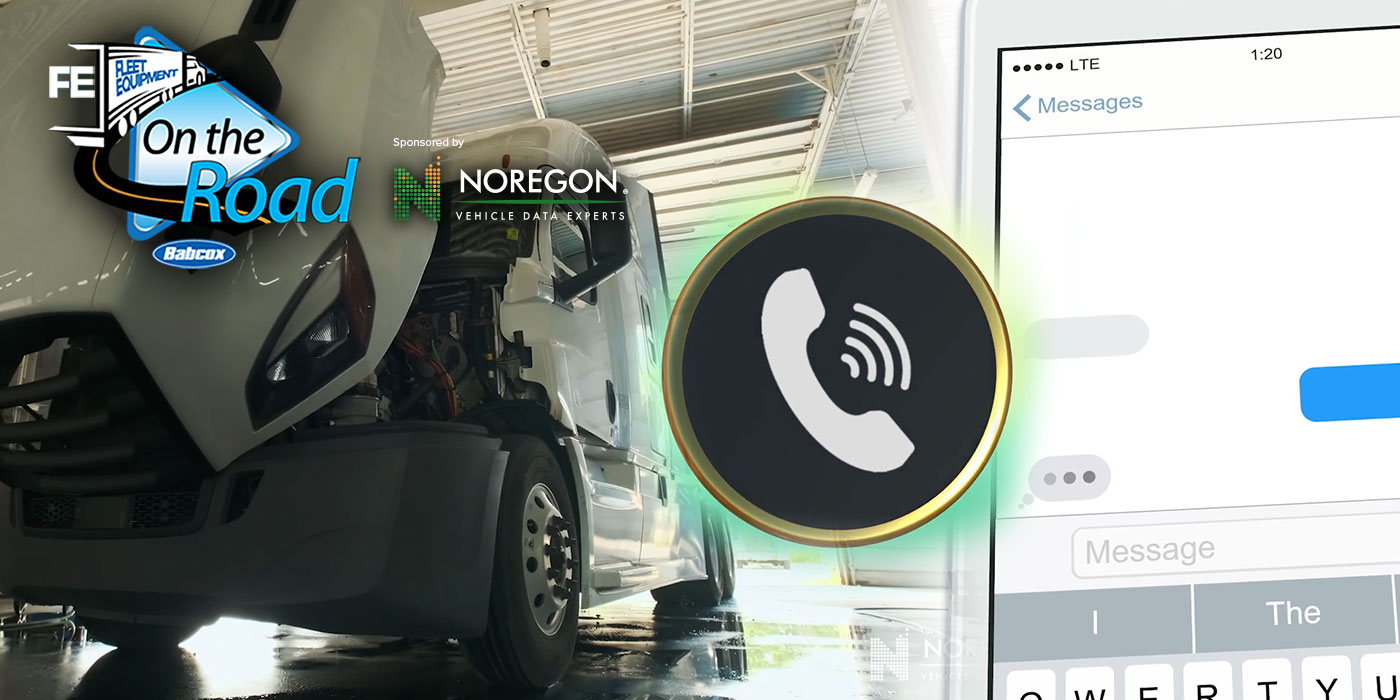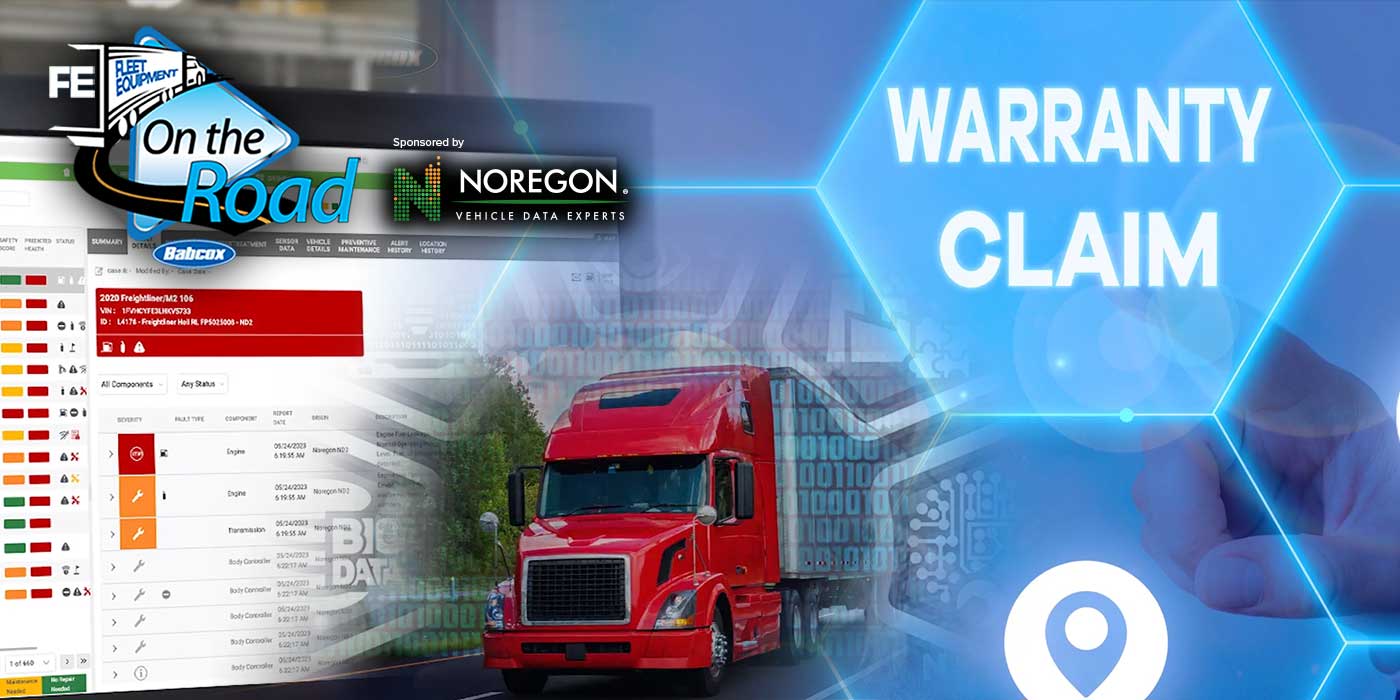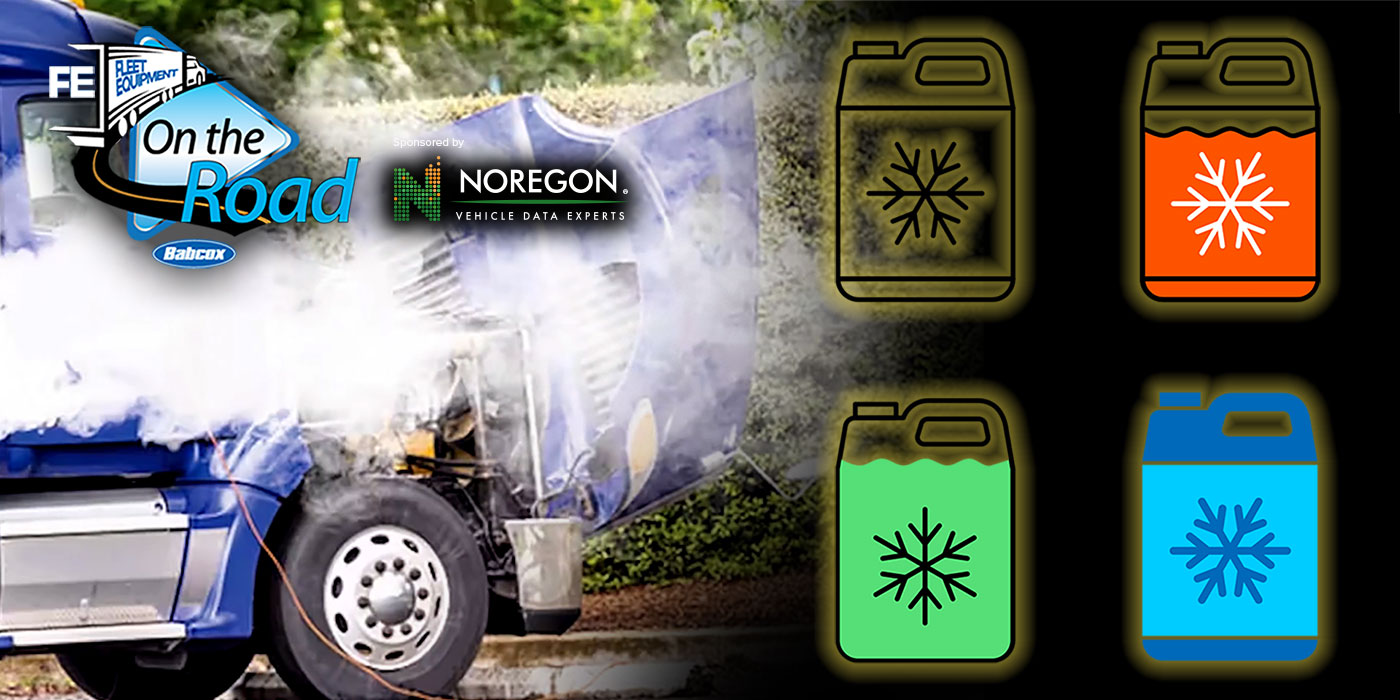Powered by futuristic-sounding technology like artificial intelligence and global positioning systems, today’s safety platforms are helping trucking fleets not only reduce outlays for insurance premiums and settlements, but also to incur fewer citations, conserve more fuel, reduce wear and tear on vehicles and, most importantly, keeping drivers out of harm’s way through experiencing fewer accidents.
Click here to watch more of FE’s On the Road video series.
But when the most unfortunate of circumstances occurs and an accident does happen, a fleet should want everything at their disposal to mitigate the damage – both literally and, well, settlement-wise, should it come to that. In this case, a strong safety program can demonstrate an organization’s commitment to safety and can aid in negotiating a settlement.
With that in mind, today we’ve put together five ways to upgrade your fleet’s safety regimen and ultimately keep more dollars in your wallet.
FIRST!: Identify your fleet’s safety challenges.
You’ve got to start somewhere, right? Take a look at your telematics data and talk to your drivers to see where you could improve on the safety front. Telematics systems that integrate smart cameras can help reveal which drivers are following the rules. Fleet managers can share this proof with individual drivers to identify each person’s opportunities to drive more safely, like complying with a smartphone policy or paying special attention to traffic signals and posted speeds.
SECOND!: Take another look at your fleet’s telematics.
If you haven’t invested in telematics for your fleet, that’s a problem.
There is a reason that more than half of commercial vehicles in the United States use telematics devices. Data tracking is essential to identify challenges and give managers visibility into driver behaviors and vehicle operations. The more detailed your fleet’s data collection, the clearer the picture will be on making improvements and driver coaching.
Remember that trucking telematics technology has expanded past basic location tracking to now record or even flag incidents of unsafe driving. A telematics system can warn drivers when they exceed the posted speed limit, or alert managers by text or email of speeding or other incidents. Some dashcams can even record multiple views, which can reveal reasons for hard braking or sudden lane changes.
It might be a worthwhile investment to add forward- and driver-facing video capability to your trucks so that you can even go beyond safety by tracking engine idling or to evaluate a driver’s route selection, which can affect fuel consumption, customer wait times and vehicle wear.
THIRD!: Establish a few challenge-based goals for drivers
The transparency that telematics or video bring fleet managers can be supremely helpful when training drivers to avoid unsafe driving practices. Rather than delivering a laundry list of safety mandates for all drivers, which is likely to do little but annoy those men and women on the front lines of your fleet, tailor safety goals to the individual’s problem areas. One driver may need to focus on stayinf off their phone and buckling up, while another needs to stop speeding. Set achievable goals and use your fleet safety technology to confirm your progress.
FOURTH!: Update your fleet’s driver safety policy book
You’ll want to be sure a baseline of expected behavior is up to date and current for this year. This policy shouldn’t just lay the ground rules, it should also allow the fleet to explain what data it collects and why, including how management will use data to reach its goals. Spell out training requirements, authorized uses, maintenance expectations and background check authorization. Explain anything new in your policy book to employees, especially regarding technology, and how telematics data collected can help the company enhance safety, save money, verify compliance and improve customer service.
FINALLY!: Safety coaching’s goal should be long-term improvement
If you’ve followed so far, your technology is in place, your safety challenges have been identified, and drivers know and understand which behaviors need to be improved. The final step is now to keep it up! Check in regularly and review performance, marking progress against earlier benchmarks.
Follow these steps and leverage today’s advanced technologies, and fleet operators have a great chance at reducing accidents and making the roads safer, while at the same time reducing risks and qualifying for lower premiums.













